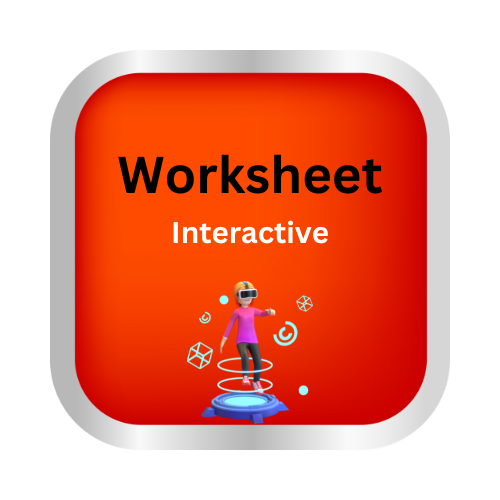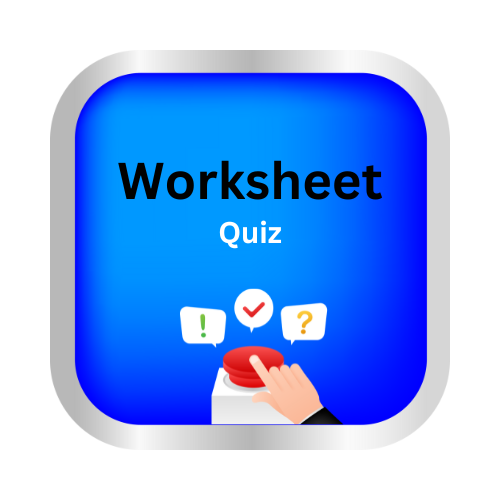Identify relative pronouns
Key Notes:
🌟 Identify Relative Pronouns 🌟
| What are Relative Pronouns? |
Relative pronouns are special words that connect a clause to a noun or pronoun in a sentence.
They help give more information about someone or something.
Common Relative Pronouns:
- who 🧑🤝🧑 – for people
- whom 🙋♂️ – for people (object of the verb)
- whose 🏠 – shows possession
- which 🐶📚 – for animals or things
- that 🚗🎁 – for people, animals, or things
| How to Identify Relative Pronouns |
Ask yourself:
- Does this word connect a clause to a noun? 🔗
- Does it give extra information about the noun? 📝
Example Sentences:
- The boy who 🧒 is wearing a red shirt is my friend.
- I met a teacher whose 👩🏫 dog is very cute.
- This is the book which 📖 I borrowed yesterday.
- She likes the dress that 👗 her mother bought.
| Tips to Remember 💡 |
- Who / Whom → People only 👨👩👧
- Whose → Possession / Belonging 🔑
- Which → Things / Animals 🐱🐶
- That → People, Animals, or Things 🚀
| Quick Practice ✏️ |
Fill in the blanks with the correct relative pronoun:
- The girl ___ is singing is my sister.
- I found a bag ___ was lost in the park.
- The man ___ car was stolen reported it to the police.
- Do you know the teacher ___ helped you yesterday?
Let’s practice!🖊️

